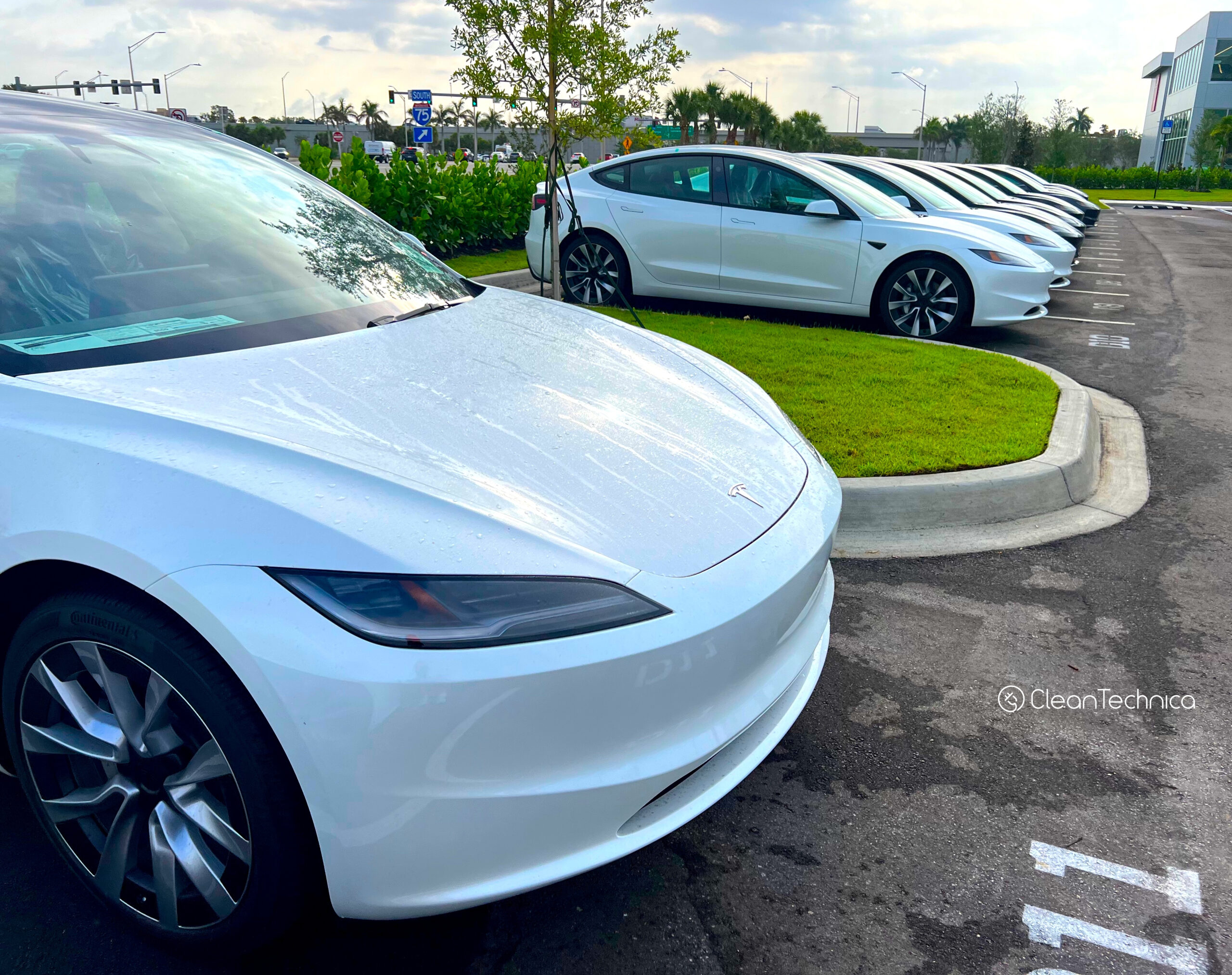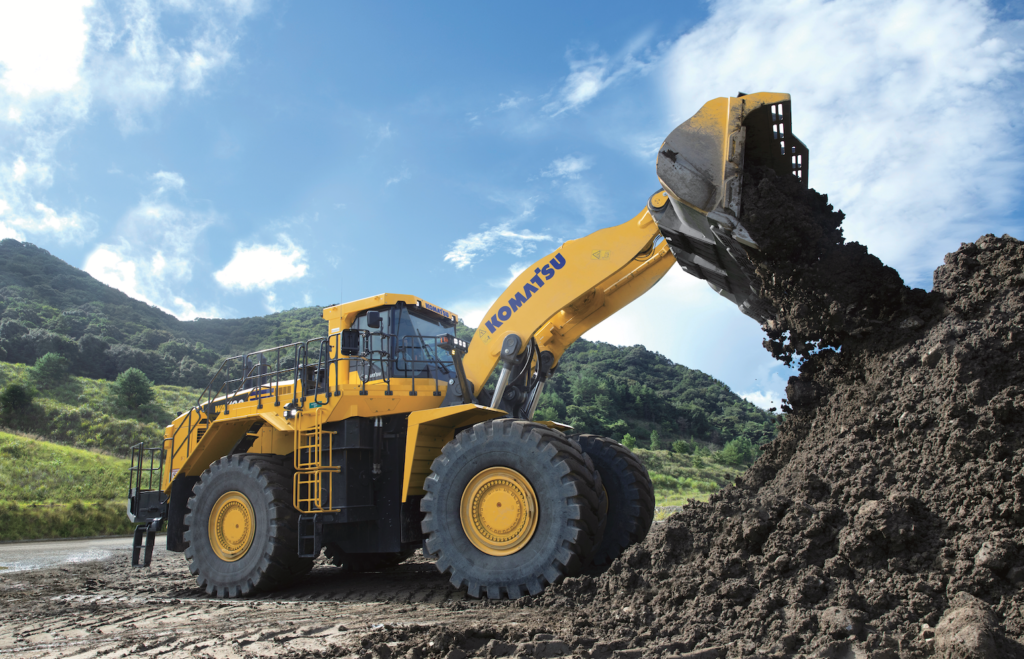Chinese scientists recently announced the development of a technique to significantly enhance the heat resistance of aluminum alloys. The breakthrough will address a major challenge that has long restricted the use of this lightweight metal in critical fields such as aerospace and transportation.
According to a report in the South China Morning Post, the team of scientists from Tianjin University developed the new technique by injecting nanoparticles into plain, everyday aluminum alloys. In doing so, they created a strengthened aluminum alloy that proved capable of performing well even at very high temperatures.
Empower your metal purchasing with the latest market analysis and strategic advice during times of fluctuating metal demand. Sign up for MetalMiner’s free weekly newsletter here.
New Aluminum Alloy Withstands High Temperatures, Eases Production
This report from news agency Xinhua describes how manufacturers prize aluminum alloys for their low density, high specific strength, and corrosion resistance. But until now, aluminum alloys demonstrated limited heat resistance, typically operating around 350 degrees Celsius, or 662 degrees Fahrenheit. Beyond 400 degrees Celsius, their mechanical properties quickly degrade, dramatically limiting aluminum’s use in aerospace design.
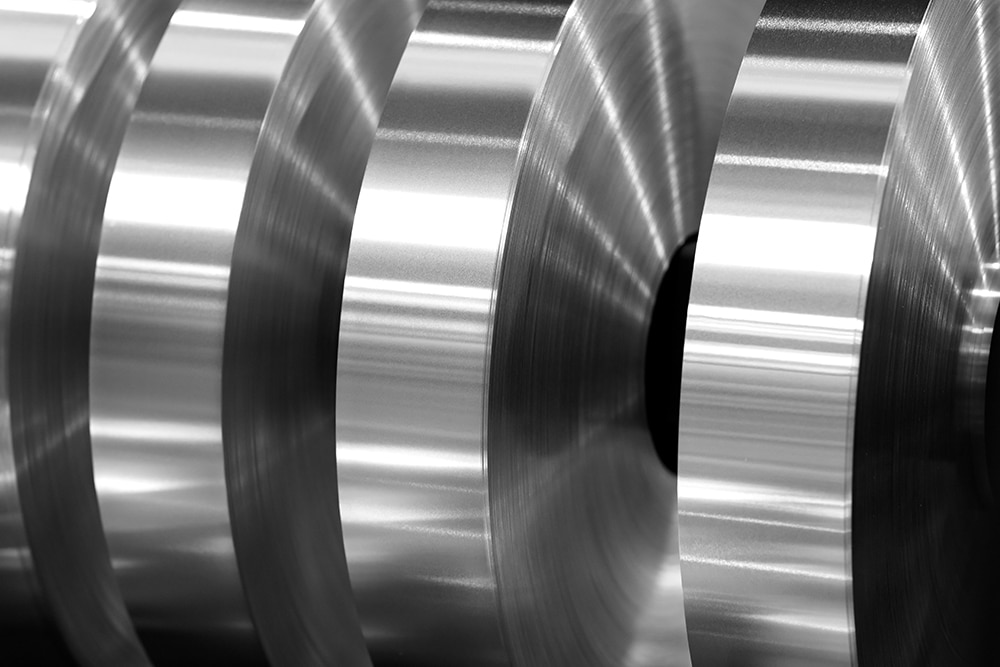
The report quotes a scientist as saying that the new alloy will not only be easy to produce on a large scale, but that its development is of great importance to the aerospace industry. As most people know, airplanes, rockets, and space vehicles encounter a lot of atmospheric friction. Moreover, they must often operate in high-temperature fields. This new technique will enable the use of aluminum components in situations where they were previously unsuitable.
Finally, precision meets profitability in aluminum procurement. Harness the power of MetalMiner Insights cost-saving AI features. Click here.
The Search for a Better Aluminum Alloy
The team from the University published its findings in the peer-reviewed journal “Nature Materials” in April this year. According to the SCMP report, the results of mixing ceramic particles with alloys to create oxide dispersion-strengthened alloys managed to exceed expectations. In fact, about two years ago, NASA unveiled a similar technique for producing Alloy GRX-810, which is nickel-based and capable of withstanding temperatures up to 1,093 degrees Celsius. The report also quoted NASA’s website as saying this method greatly enhanced the strength and longevity of components utilized in aviation and space sectors.
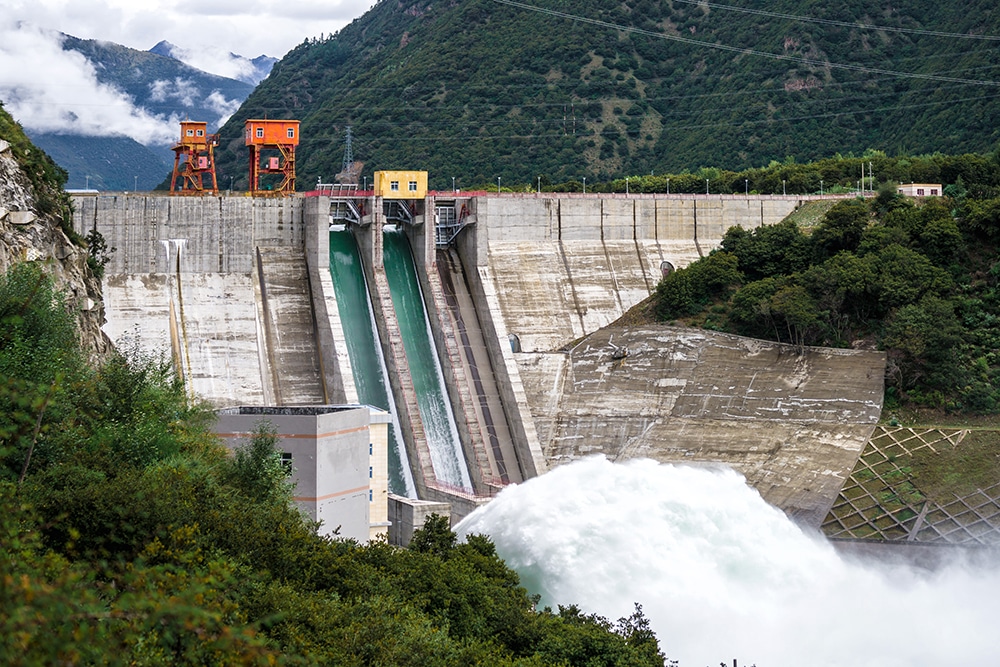
ODS alloys have been successfully created for metals like iron, molybdenum, nickel and tungsten using chemical processing techniques. However, commercially available ODS alloys for metals such as aluminum, magnesium, titanium and zirconium remained largely absent due to their high reactivity with oxygen. Unlike metals capable of being reduced from their oxides, these irreducible metals pose challenges in extraction.
To overcome this problem, the university researchers prepared 5nm magnesium oxide particles and used powder metallurgy to distribute these particles within the aluminum matrix, thus achieving an 8% volume. This development paves the way for aluminum alloy use in high-temperature environments, potentially allowing them to compete with certain titanium alloys while offering a significantly lower weight.
China’s Attempt at Green Aluminum
China is one of the biggest consumers of aluminum, and its industry recently accelerated the development of green-power aluminum. By using more green energy for electrolytic aluminum production, the industry hopes to make significant strides in reducing carbon emissions. It also hopes to actively promote the differentiation of green-power aluminum from its non-green-power counterpart.
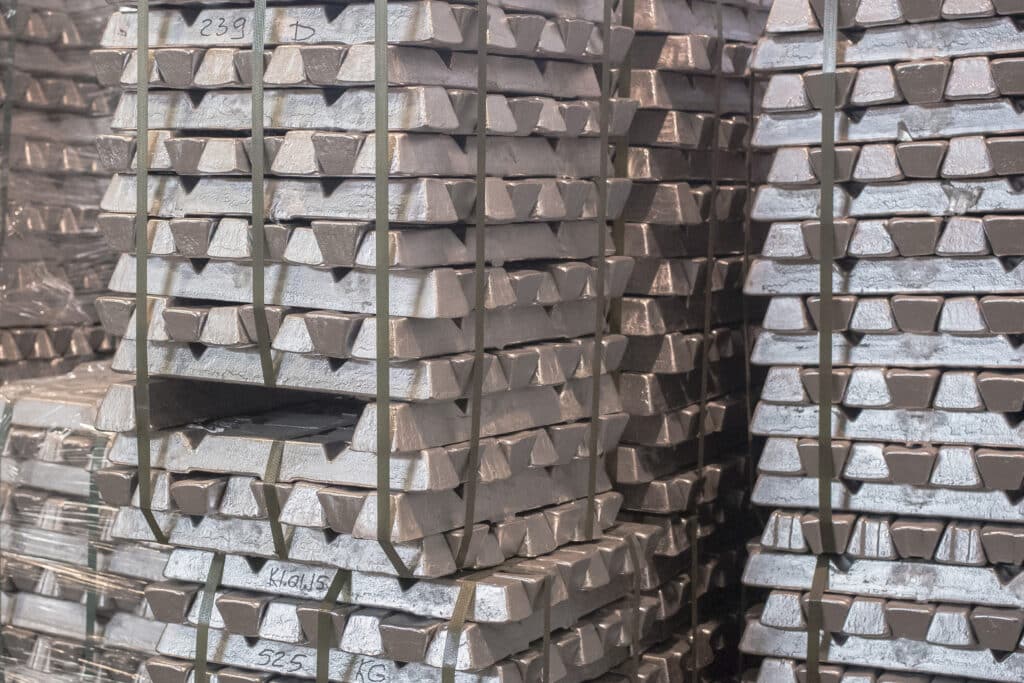
Over the past decade, China quietly shifted from thermal to hydro power to make low-carbon aluminum. According to this report, thermal power represented about 89% of the energy used by aluminum smelters in China in 2015, while hydro power represented just 10%. Today, thermal power usage stands at about 74%, while hydro power now represents around 20%. Going forward, solar and wind power will also see more widespread adoption, thus allowing for a far greener Chinese aluminum industry.
Buying aluminum alloys, steel copper or other industrial metals? Impress your executive team and lead like a procurement pro thanks to the Monthly Metals Outlook report. Start with a free sample then subscribe to maximize ROI.

